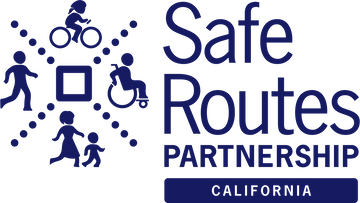While we wait for the results of Cycle 4 of the Active Transportation Program (ATP) to be announced at the end of the year, we have produced an analysis of the submittal log. A few things stuck out to us about the types and sizes of the applications that were submitted:
Applicants continue to request significantly more funds than are available--for Cycle 4, applicants requested $2.2 billion with only $430 million available. That means that only 19% of requested dollars can be funded, which is even less than in Cycle 3, which was 25%.
Large infrastructure projects are a significant portion of requested funds: they are 16.6% of applications, but are half of requested funds.
The proportion of applications that are declared as Safe Routes to School projects by the applicants rose to its highest level in the ATP so far, 52.53%. This is the first time that more than half of applications are Safe Routes to School projects.
The creation of a separate application type for non-infrastructure seems to have enticed a slight increase in such applications: from 3.6% in Cycle 3 to 5.23% in Cycle 4. On the other hand, combined infrastructure/non infrastructure applications decreased as a proportion of the overall pool, resulting in a slight decrease in the percentage of applications with any non infrastructure component from 16.5% in Cycle 3 to 14.8% this cycle.
Likewise, the creation of a new application for proposed plans also seems to have spurred a slight increase in those applications, from 3.7% in Cycle 3 to 4.5% this cycle.
A high proportion of applications (87%) is for projects that, according to the applicants, are located within disadvantaged communities. (Evaluators verify the disadvantaged communities status, so we cannot know for certain at this point if in fact all those applications do indeed benefit DACs).
Like we imagine you are, we are eager to see the results of the evaluations at the end of this year, and to see if and how the significant changes in the guidelines and applications affect which projects get funded.


